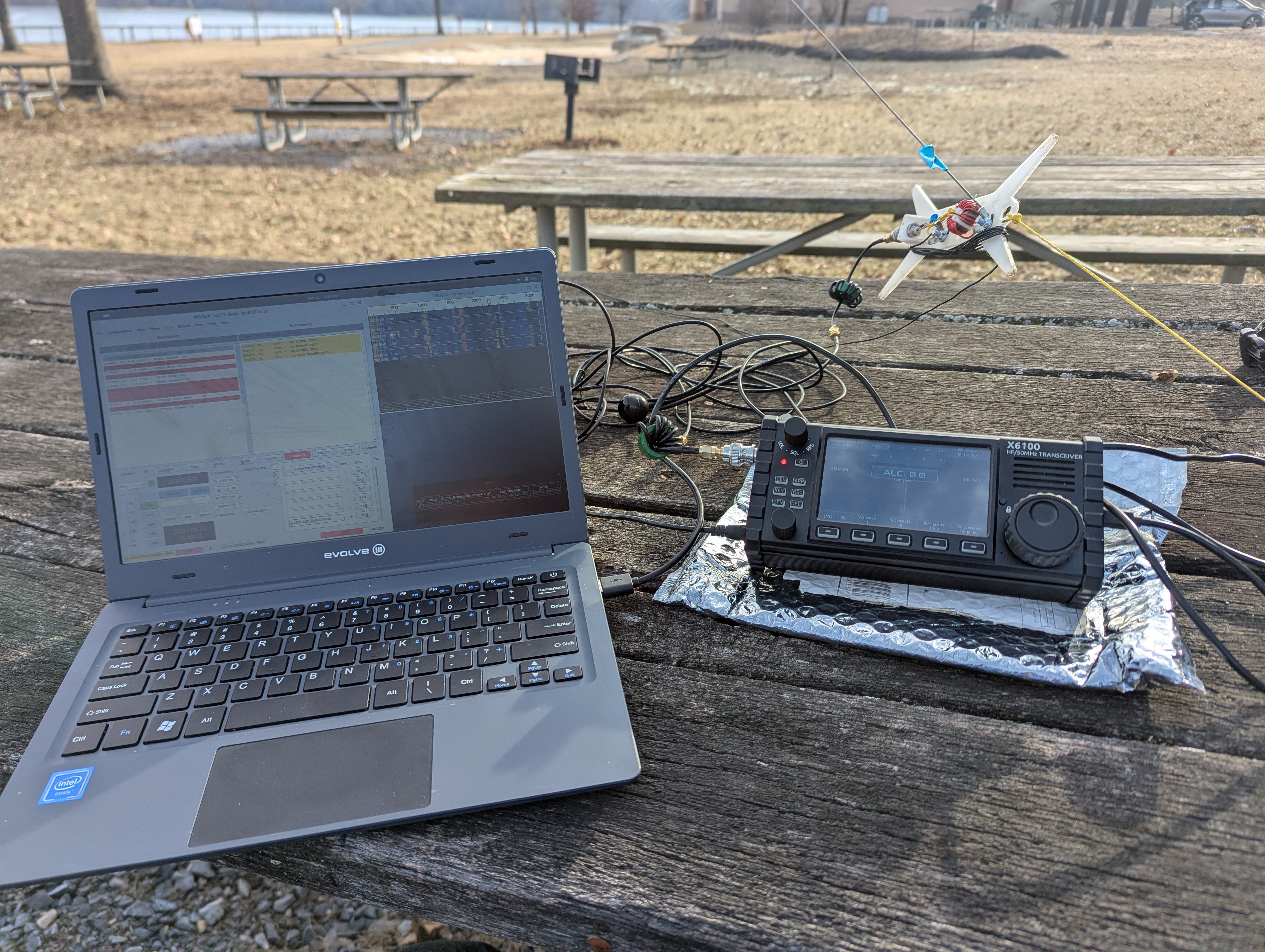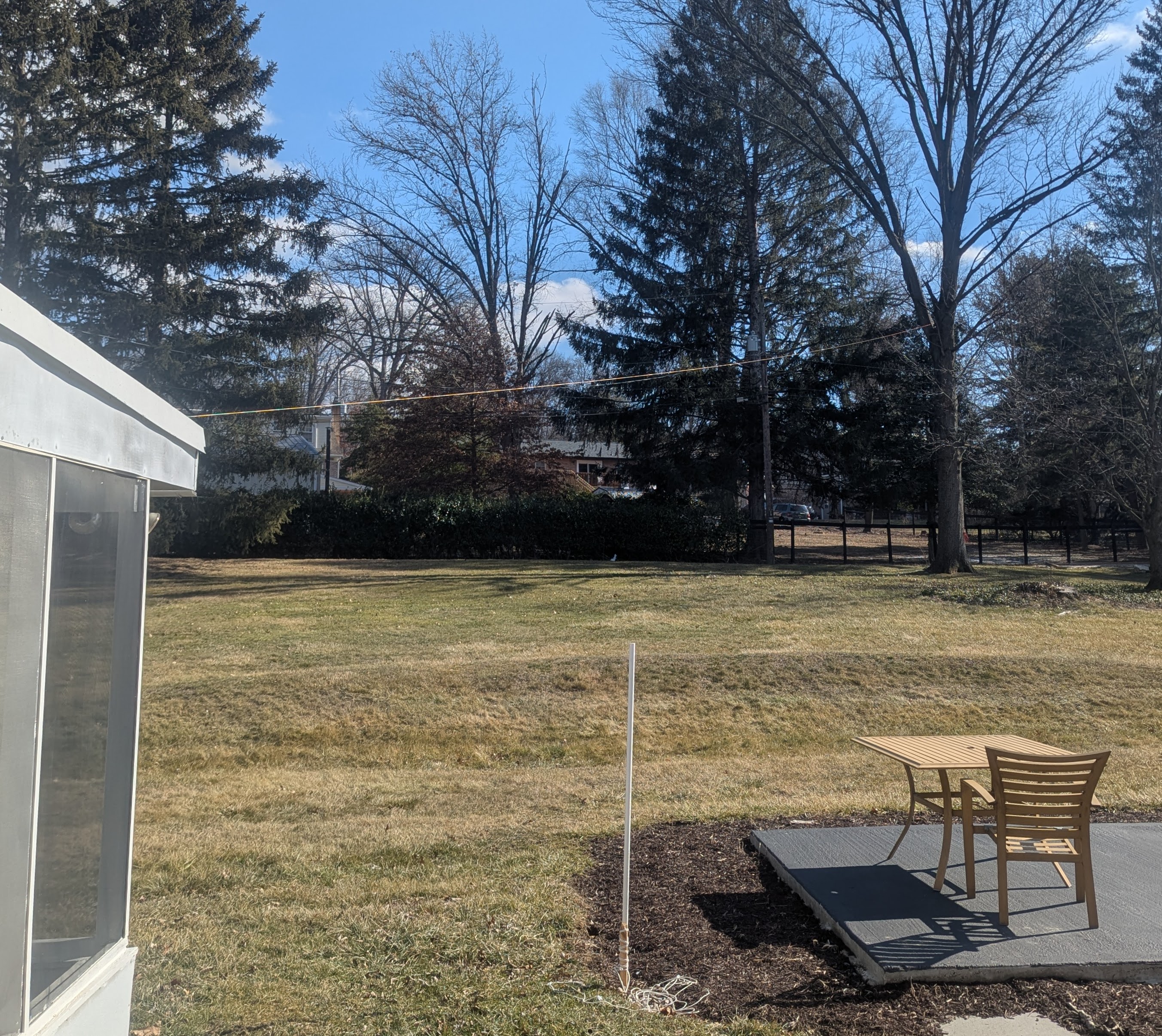I visited Gifford Pinchot State Part, US-1356, and strung up the EFHW from a picnic table to a tree. I managed it in 1 throw to a nice spot. I made 20 contacts:
- 18 FT8
- 2 CW, including N4T, the Dry Tortugas DXpedition
Using R1CBU 0.29.1, I knew to pay special attention to undo the AM bug from SWR Scan by switching through modes after an SWR Scan. In this firmware, though, WSJTX would set digital mode (USB-D) and it would bounce back to USB, which doesn’t take sound from the connection to the computer. I had to work around it by disabling WSJTX’s ability to set the mode. Then I could set USB-D and it would stay there.

